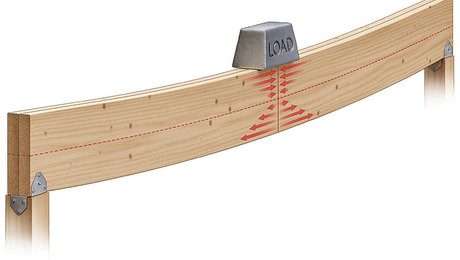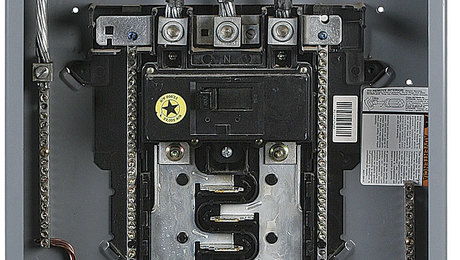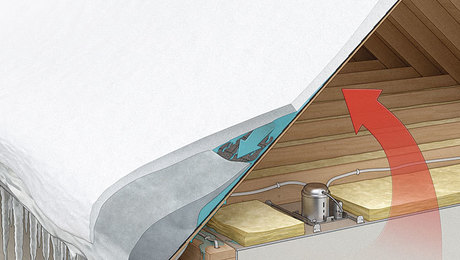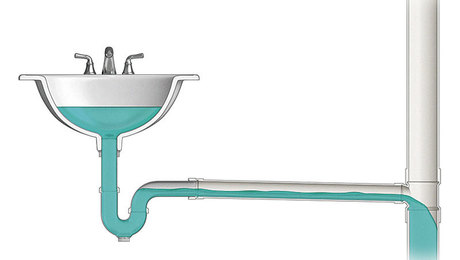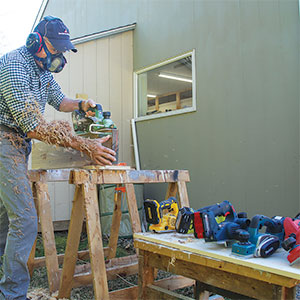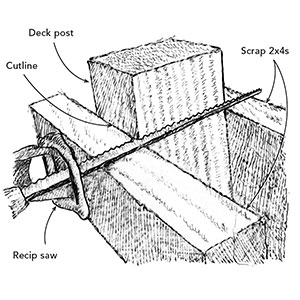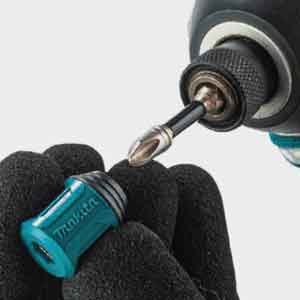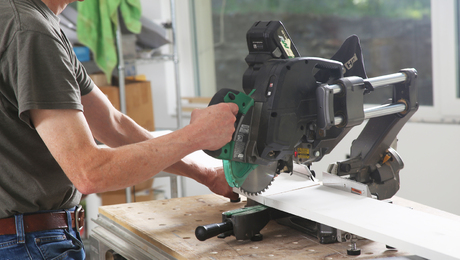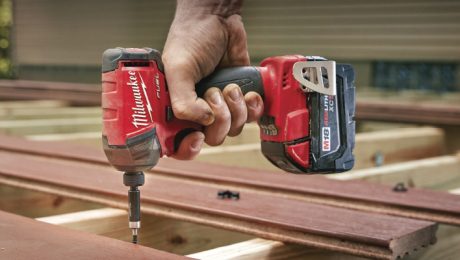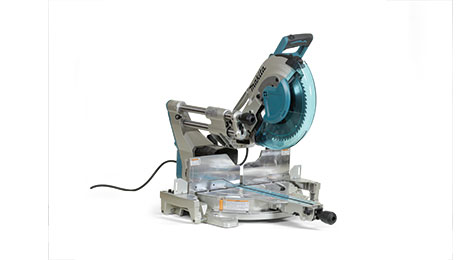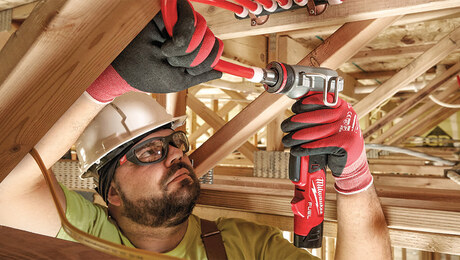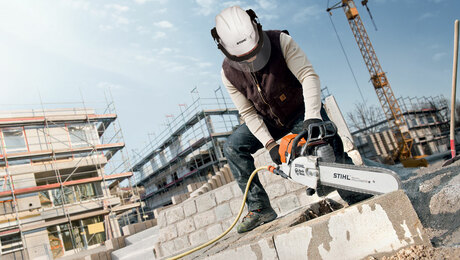How It Works: Cordless finish nailer
In this "How It Works" article, associate editor Rob Yagid takes one model, the Paslode IM250A, and explains what powers it, how its combustion process works, and how it drives a fastener through a piece of trim.

Synopsis: Cordless finish nailers take the hassle and some of the frustration out of working with pneumatic nailers tied to an air hose and a compressor. Associate editor Rob Yagid takes one model, the Paslode IM250A, and explains what powers it, how its combustion process works, and how it drives a fastener through a piece of trim. He also includes information on maintenance, such as replacing gas cartridges and cleaning and oiling the tool. A cutaway drawing makes it easy to see how this tool operates.
While he struggled with a bound-up air hose, I once heard a Southern trim carpenter mutter, “If you ever have to jump from a plane, be sure you’re holding on to one of these, ‘cause it’s sure to get hung up on something before you reach the ground.”
Cordless finish nailers take the hassle, and certainly some of the frustration, out of working with pneumatic nailers that are tied to an air hose and a compressor.
Although cordless finish nailers may not be fit to serve all tasks, they excel on small scale projects. Associate editor Patrick McCombe reviewed the newest cordless finish nailers and has found that gas models, like the Paslode IM250A featured here, perform the best.
Unlike other nailers, a gas model demands regular maintenance to function properly, regardless of brand. To know why, you need to understand how it works.
Power
Instead of an air hose and compressor, gas nailers are powered by a rechargeable battery and a 0.6-oz. fuel cartridge.
A 6v battery powers the fan on top of the motor and an electronic spark unit in the handle of the tool, which when activated by the trigger controls the firing of the spark plug.
Maintenance: A 6v battery has enough power to drive roughly 4000 nails before having to be recharged. Roughly 2000 nails are driven in an average working day.
A fixed-dose gas cartridge has a plastic metering valve that regulates how much fuel is sprayed into the combustion chamber during each nailing sequence. Fixed-dose technology ensures consistent power, but can lead to erratic tool performance above 5000 ft. Paslode offers altitude-specific metering valves. Hitachi and Bostitch do not, and don’t recommend their nailers to be used over 5000 ft.
Maintenance: A cartridge provides enough fuel to drive roughly 1200 nails. After 1200 nails, it may sound like there is fuel in the cartridge when shaken. This is the propellant, not the combustion fuel.
Combustion
Gas finish nailers use a linear-drive motor, which operates under the same principles as most modern engines. Air and fuel are mixed together and ignited. The energy from the small explosion is harnessed to drive an internal piston.
A fan on top of the motor mixes air and fuel in the combustion chamber. The fan also expels exhaust after the firing sequence and cools the motor.
Maintenance: To ensure a proper air-to-fuel ratio and to be sure the motor cools properly after firing, the filter above the fan should be cleaned with soap and water every two days. On dusty sites, like those that incorporate a lot of MDF trim, consider cleaning more often.
The spark plug ignites the fuel/air mixture, which drives a piston down on top of the nail head.
Maintenance: A dirty spark plug can lead to misfires and should be cleaned, but when the point of the spark plug becomes rounded over, it should be replaced.
The combustion chamber is above the piston assembly. The fuel is ignited in the chamber, and the resulting energy drives the piston downward.
For more diagrams and details about cordless finish nailers, click the View PDF button below.
